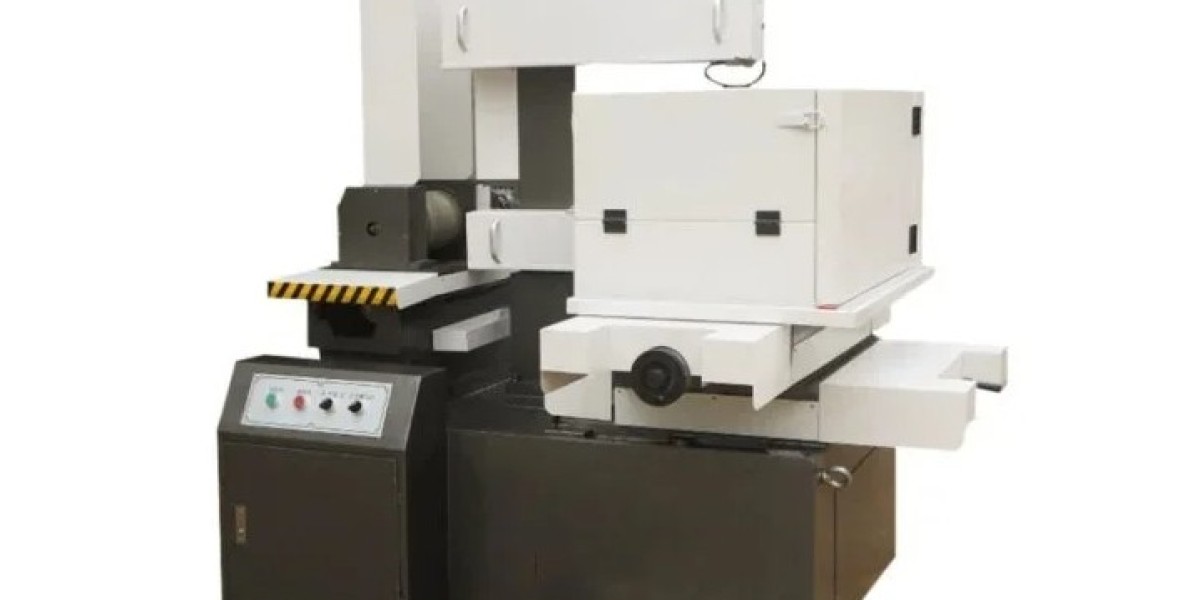Safety is paramount in the construction industry. Construction sites are inherently hazardous environments, and ensuring the well-being of workers is a top priority. Fortunately, cutting-edge software technologies are transforming construction safety practices, providing powerful tools to mitigate risks, improve training, and create safer job sites. This article explores how technologies like AI, machine learning, and the Internet of Things (IoT) are revolutionizing construction safety.
The Impact of Technology on Safety:
Traditional safety methods often rely on manual processes and reactive measures. Modern software solutions offer a proactive approach, leveraging technology to identify potential hazards, monitor worker behavior, and provide real-time safety alerts.
Key Technologies Enhancing Construction Safety:
Artificial Intelligence (AI) and Machine Learning: AI algorithms can analyze vast amounts of data to identify patterns and predict potential safety incidents. Machine learning can be used to personalize safety training programs based on individual worker needs and performance.
Internet of Things (IoT): Connected sensors and wearable devices can monitor worker location, environmental conditions, and equipment performance, providing real-time alerts for potential hazards.
Virtual Reality (VR) and Augmented Reality (AR): VR and AR technologies can create immersive safety training simulations, allowing workers to experience hazardous scenarios in a safe and controlled environment.
Mobile Technology: Mobile apps empower workers to report safety hazards instantly, access safety manuals and procedures, and receive real-time safety alerts.
Drone Technology: Drones can be used to inspect hard-to-reach areas, identify potential hazards, and monitor site conditions, reducing the need for workers to enter dangerous situations.
Benefits of Safety Software:
Proactive Hazard Identification: Technology enables proactive identification of potential hazards, preventing incidents before they occur.
Improved Safety Training: Personalized training programs and immersive simulations enhance worker knowledge and safety awareness.
Real-Time Monitoring and Alerts: IoT sensors and mobile devices provide real-time monitoring and alerts, enabling rapid response to potential hazards.
Enhanced Communication and Collaboration: Software platforms facilitate communication and collaboration among safety personnel and field teams.
Data-Driven Insights: Safety data analysis provides valuable insights into safety trends and areas for improvement.
Reduced Incidents and Costs: Improved safety practices lead to a reduction in workplace incidents, lowering insurance premiums and workers' compensation claims.
Implementing Safety Software:
Implementing safety software requires careful planning and consideration. Key steps include:
Needs Assessment: Identify your specific safety needs and challenges.
Software Selection: Choose software that aligns with your needs and integrates with your existing systems.
Training and Implementation: Provide comprehensive training to all users and ensure a smooth implementation process.
Ongoing Monitoring and Evaluation: Continuously monitor the effectiveness of the software and make adjustments as needed.
Leading construction software development companies are leveraging technologies like AI, machine learning, and IoT to enhance safety protocols and mitigate risks on construction sites. Partnering with experienced construction software development companies can help you implement cutting-edge safety software solutions that protect your workforce, enhance your safety culture, and improve
your bottom line.



